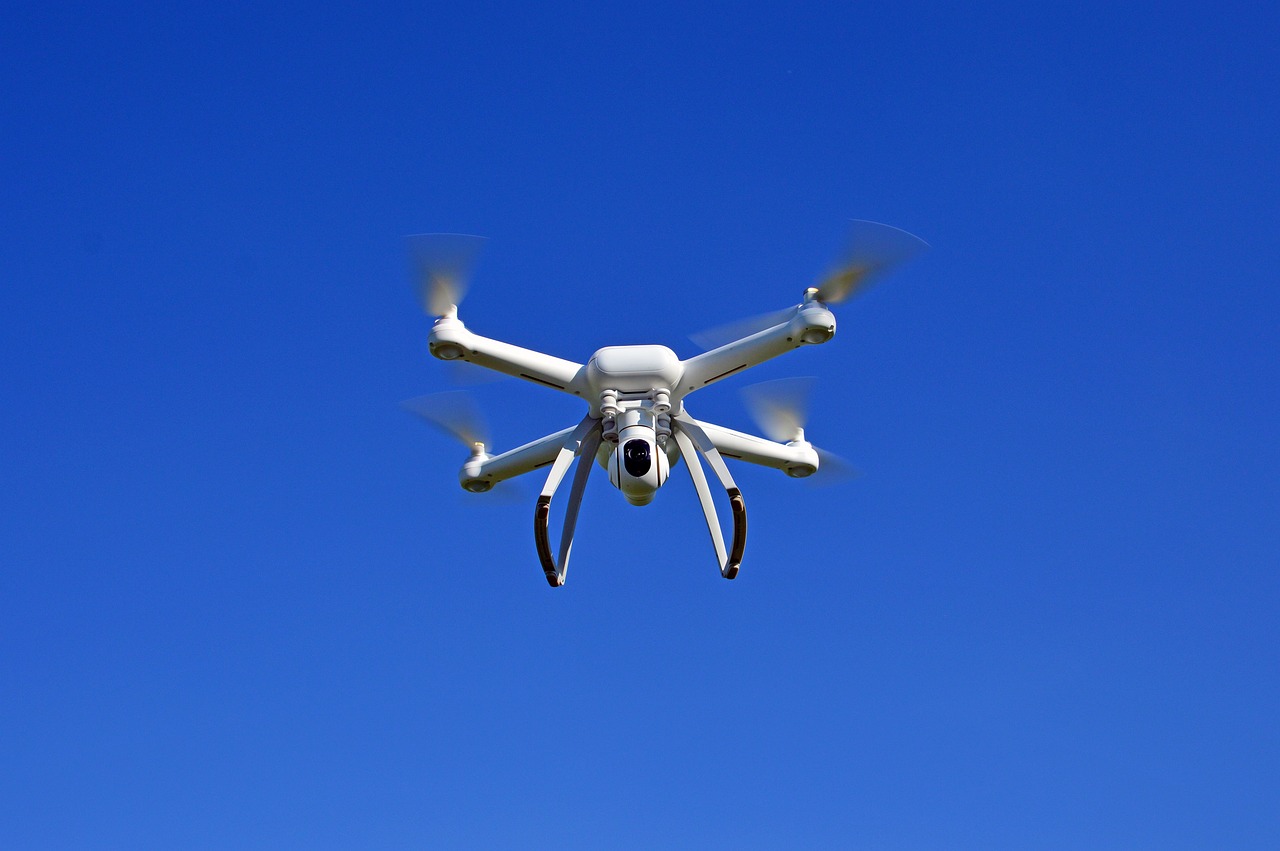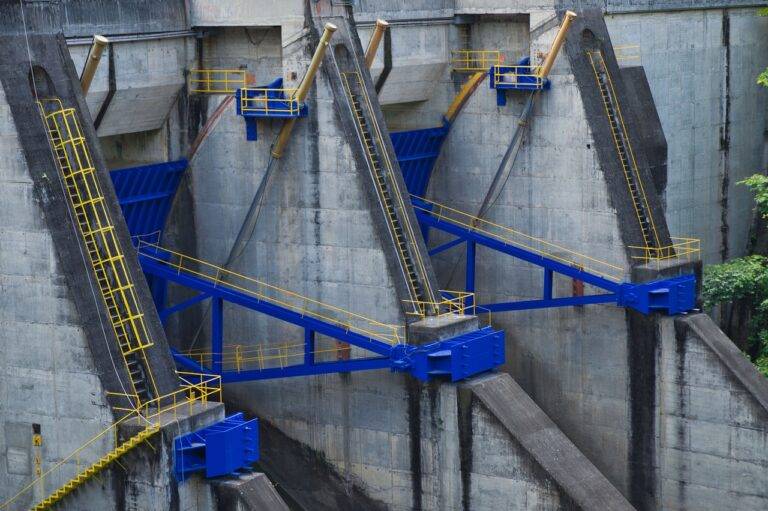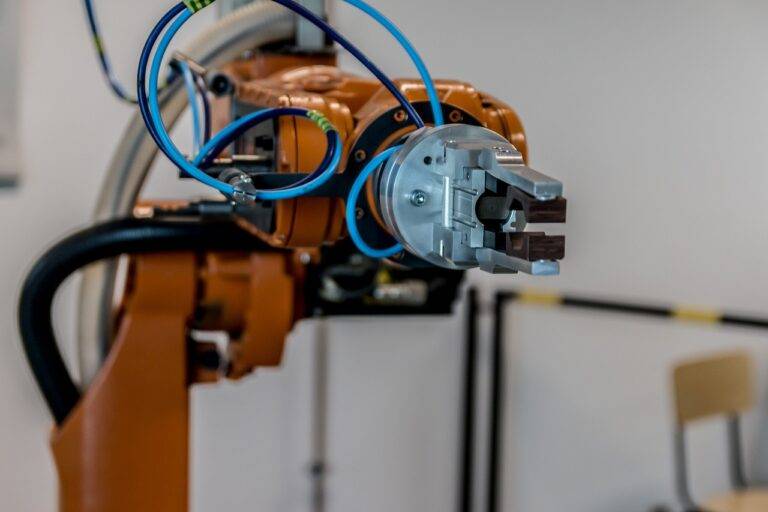The Impact of Tech on Disaster Preparedness and Response
One crucial technology for disaster preparedness and response is Geographic Information Systems (GIS). GIS allows for the mapping and visualization of critical data such as population density, infrastructure locations, and hazard zones. By integrating various data sources, emergency responders can make informed decisions and allocate resources effectively during a crisis.
Another essential technology is early warning systems, which leverage sensors and monitoring devices to detect potential disasters like earthquakes, tsunamis, or severe weather events. These systems provide timely alerts to communities, enabling them to take necessary precautions and evacuate if needed. By leveraging these technologies, emergency response teams can better mitigate the impact of disasters and protect lives and infrastructure.
Real-time Data Collection and Analysis Tools
Real-time data collection tools are essential in the realm of disaster preparedness and response. These tools enable organizations to gather up-to-the-minute information on various aspects of a disaster, ranging from weather conditions to affected populations. By capturing data in real-time, response teams can make informed decisions promptly, helping to mitigate the impact of a disaster.
Analysis tools play a crucial role in processing the vast amount of data collected during a disaster. These tools use advanced algorithms to swiftly analyze incoming data, identifying trends, patterns, and potential areas of concern. By presenting this information in a comprehensible format, analysis tools enable decision-makers to take swift action based on the most current and accurate data available.
What are some key technologies used for disaster preparedness and response?
Some key technologies include real-time data collection tools, satellite imagery, drones, and GIS mapping software.
How do real-time data collection and analysis tools help in disaster situations?
These tools allow emergency responders to gather and analyze data quickly, enabling them to make informed decisions and respond more effectively to emergencies.
What are some examples of real-time data collection and analysis tools?
Examples include mobile data collection apps, sensors for monitoring environmental conditions, and dashboard software for visualizing data in real-time.
How can organizations benefit from using real-time data collection and analysis tools?
Organizations can benefit by improving their situational awareness, coordinating response efforts more efficiently, and ultimately saving lives and reducing the impact of disasters.
Are there any challenges associated with implementing real-time data collection and analysis tools?
Some challenges include ensuring data accuracy and reliability, integrating various data sources, and providing training for staff to use the tools effectively.





